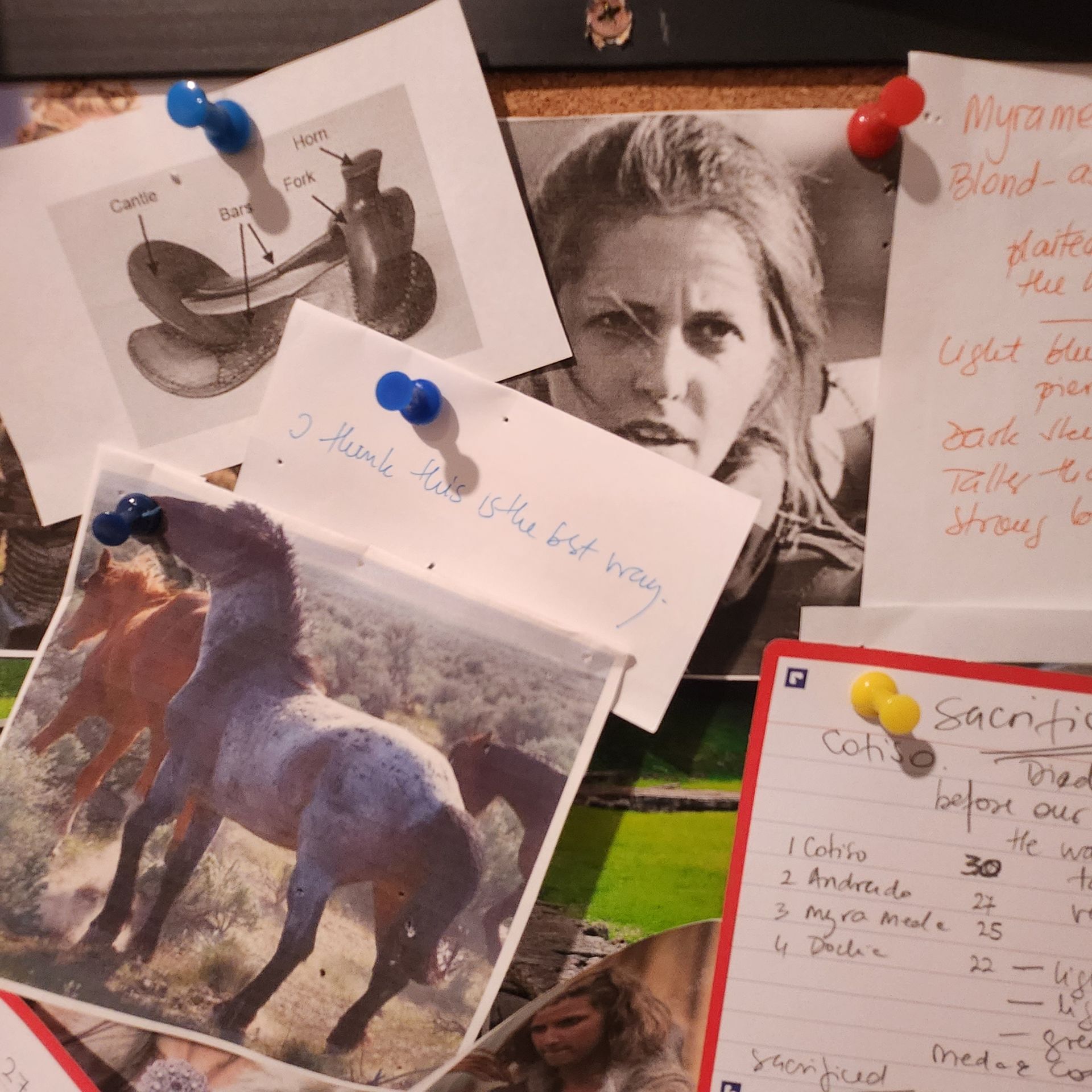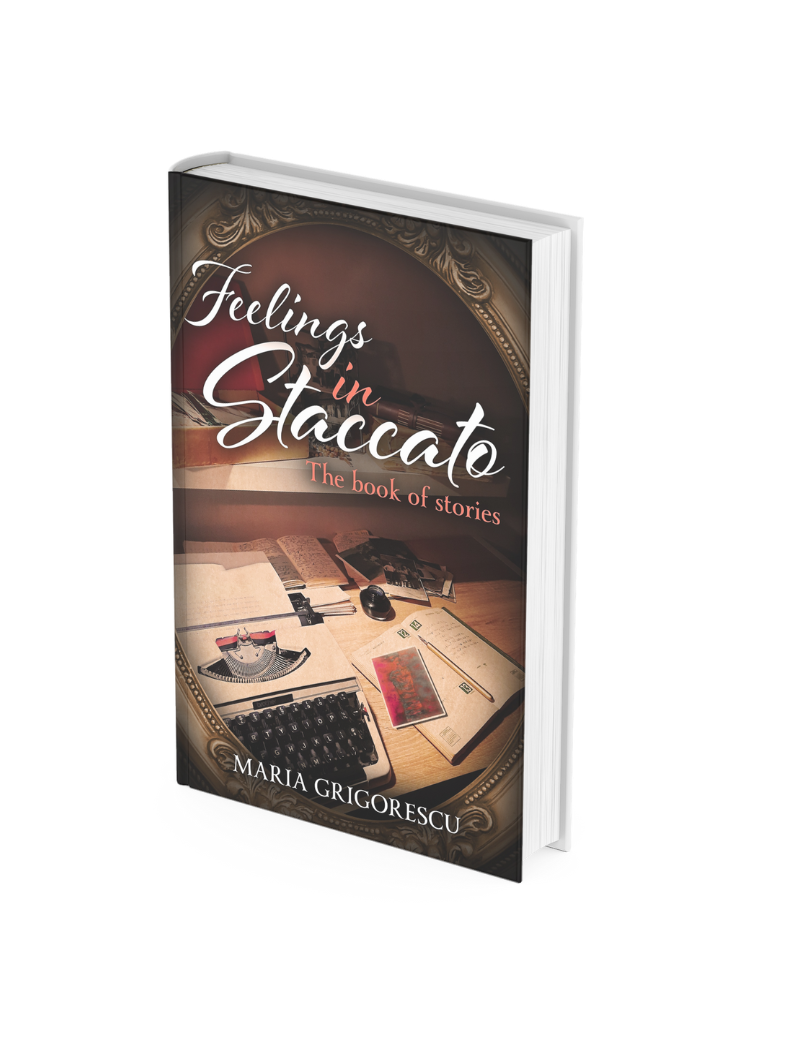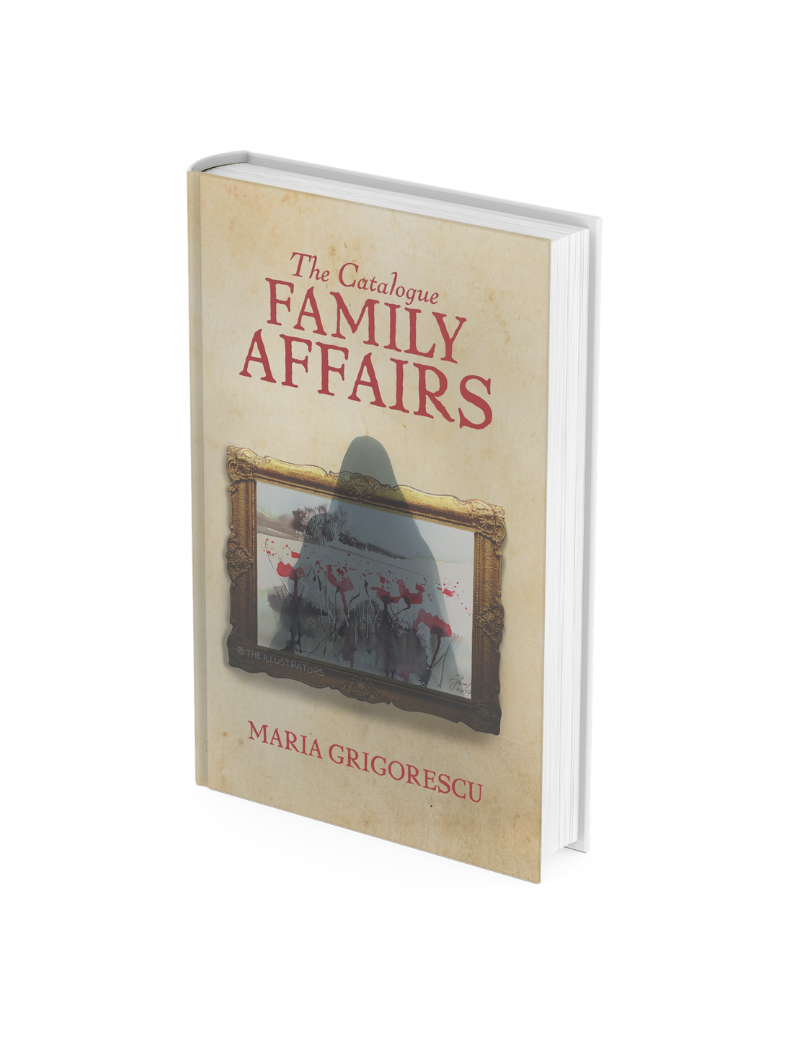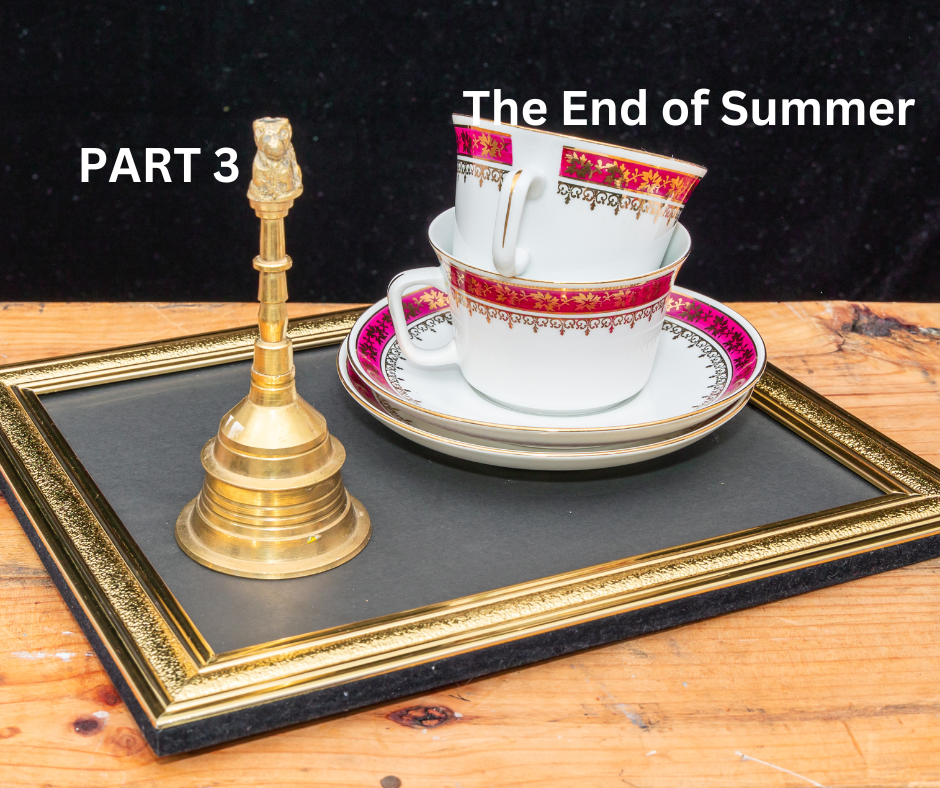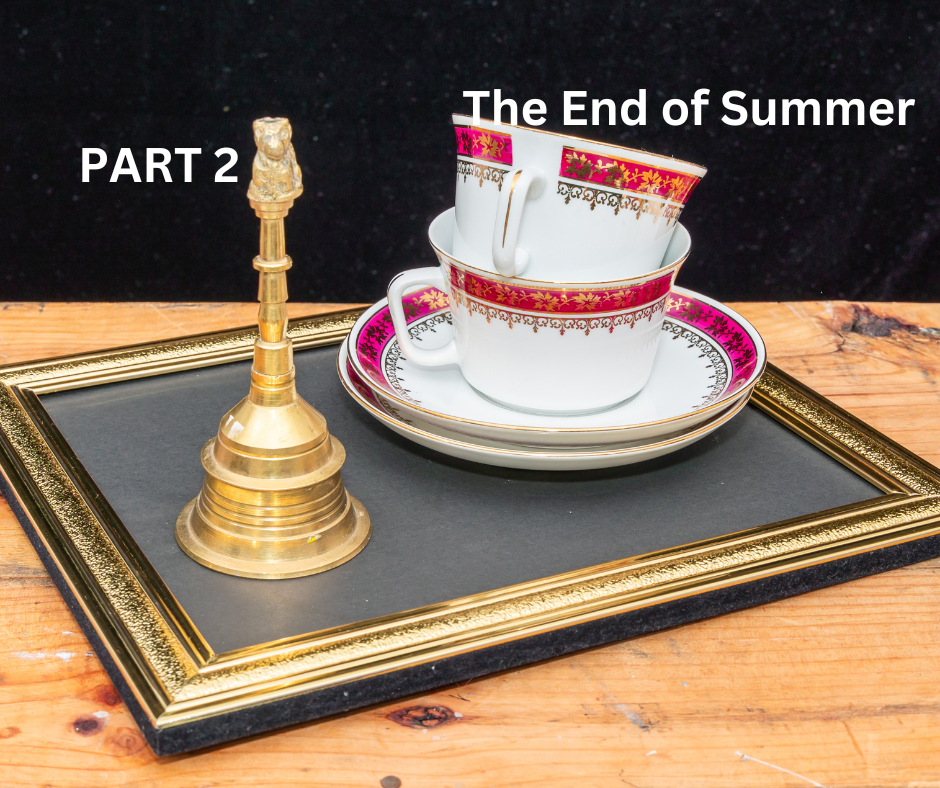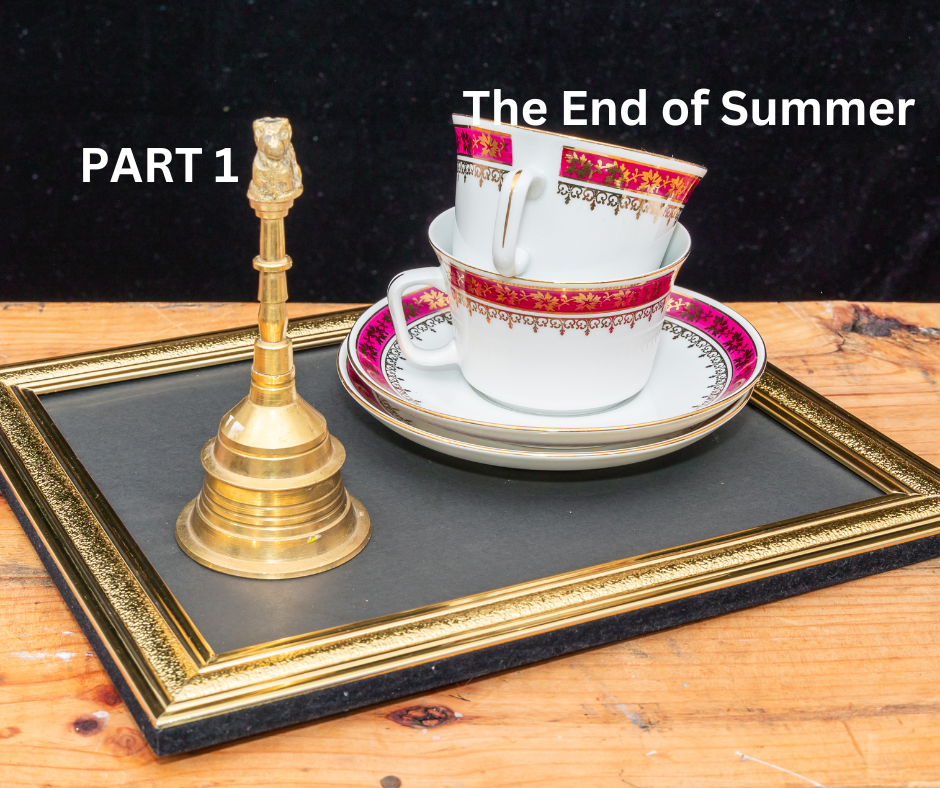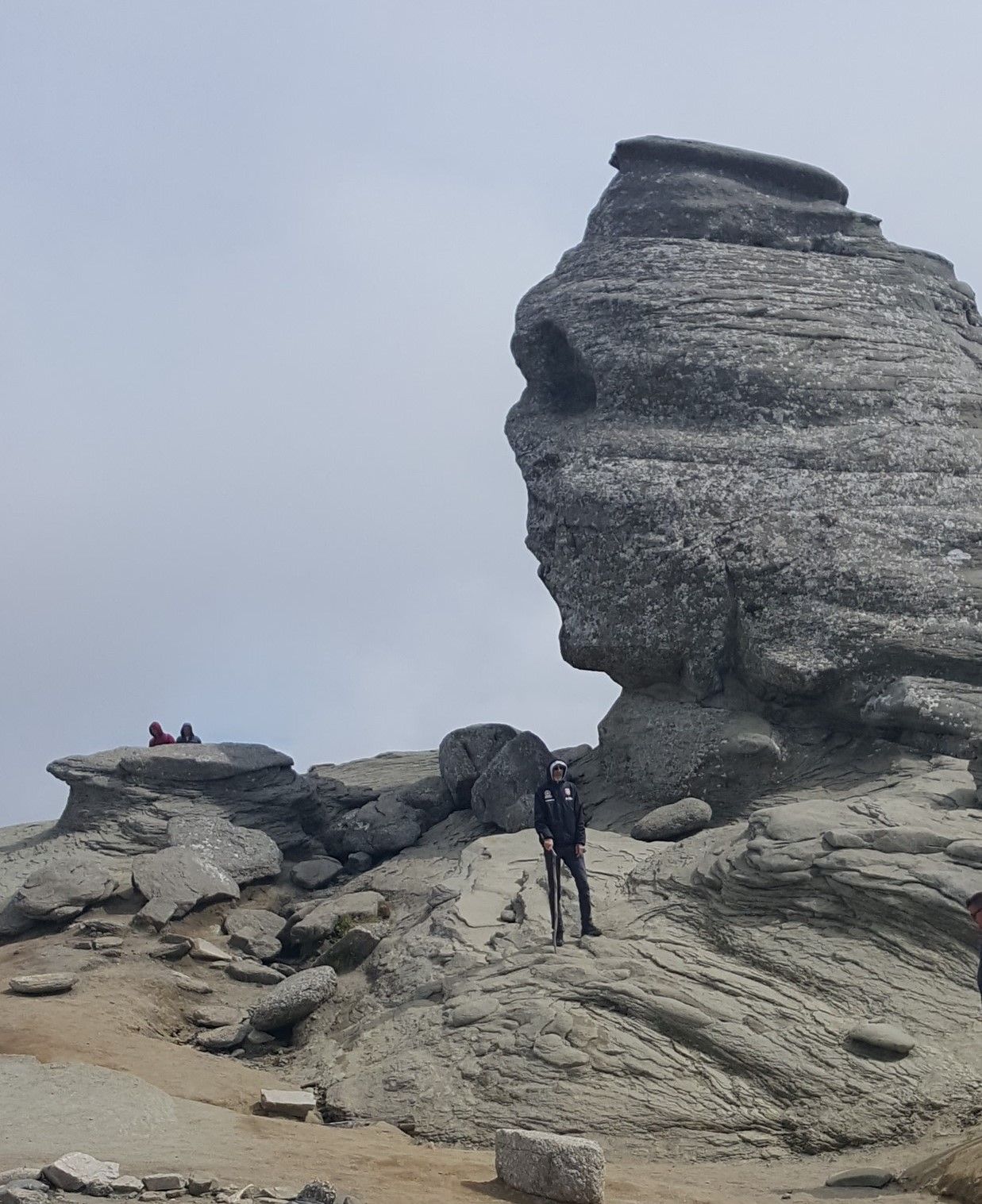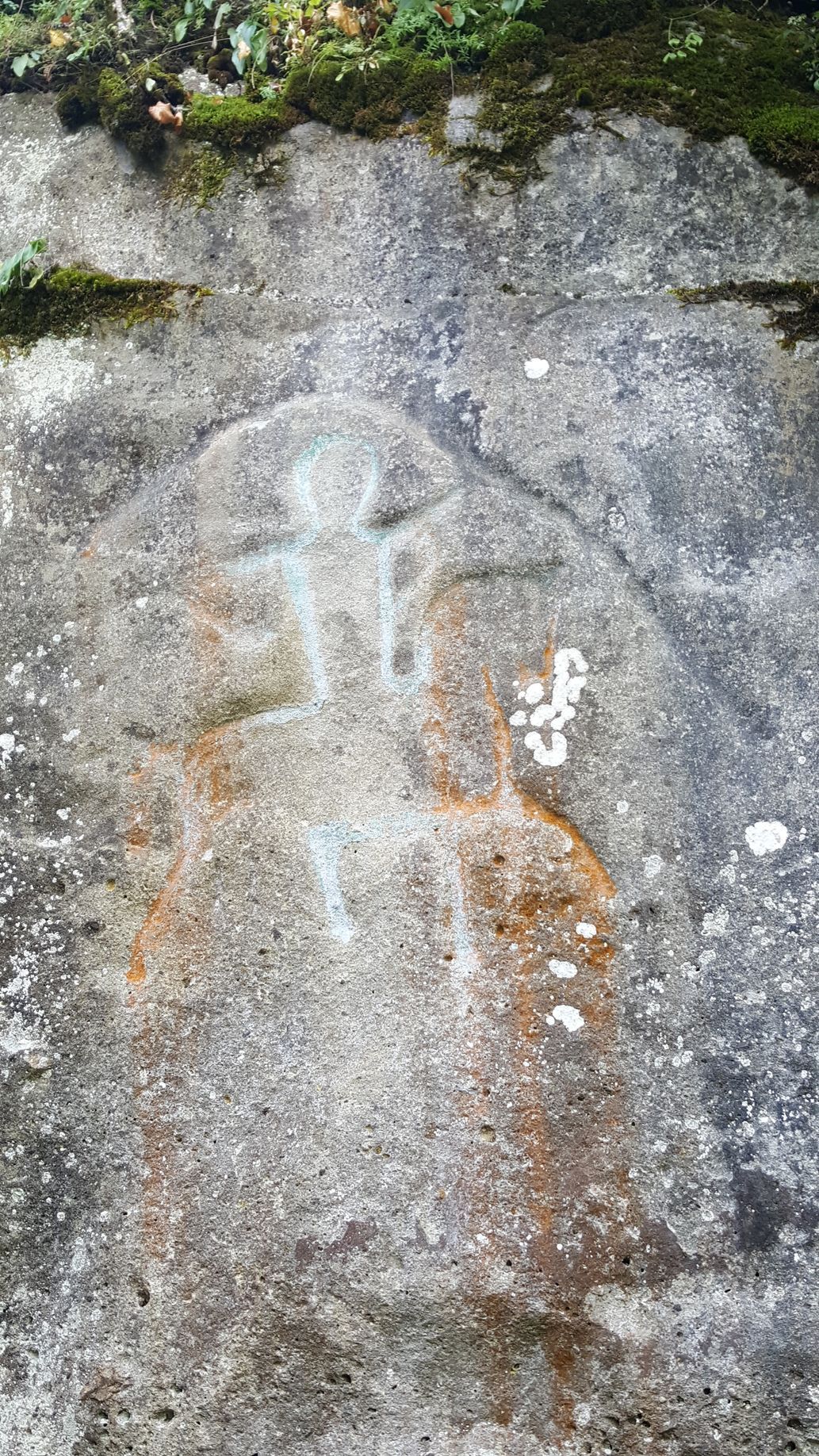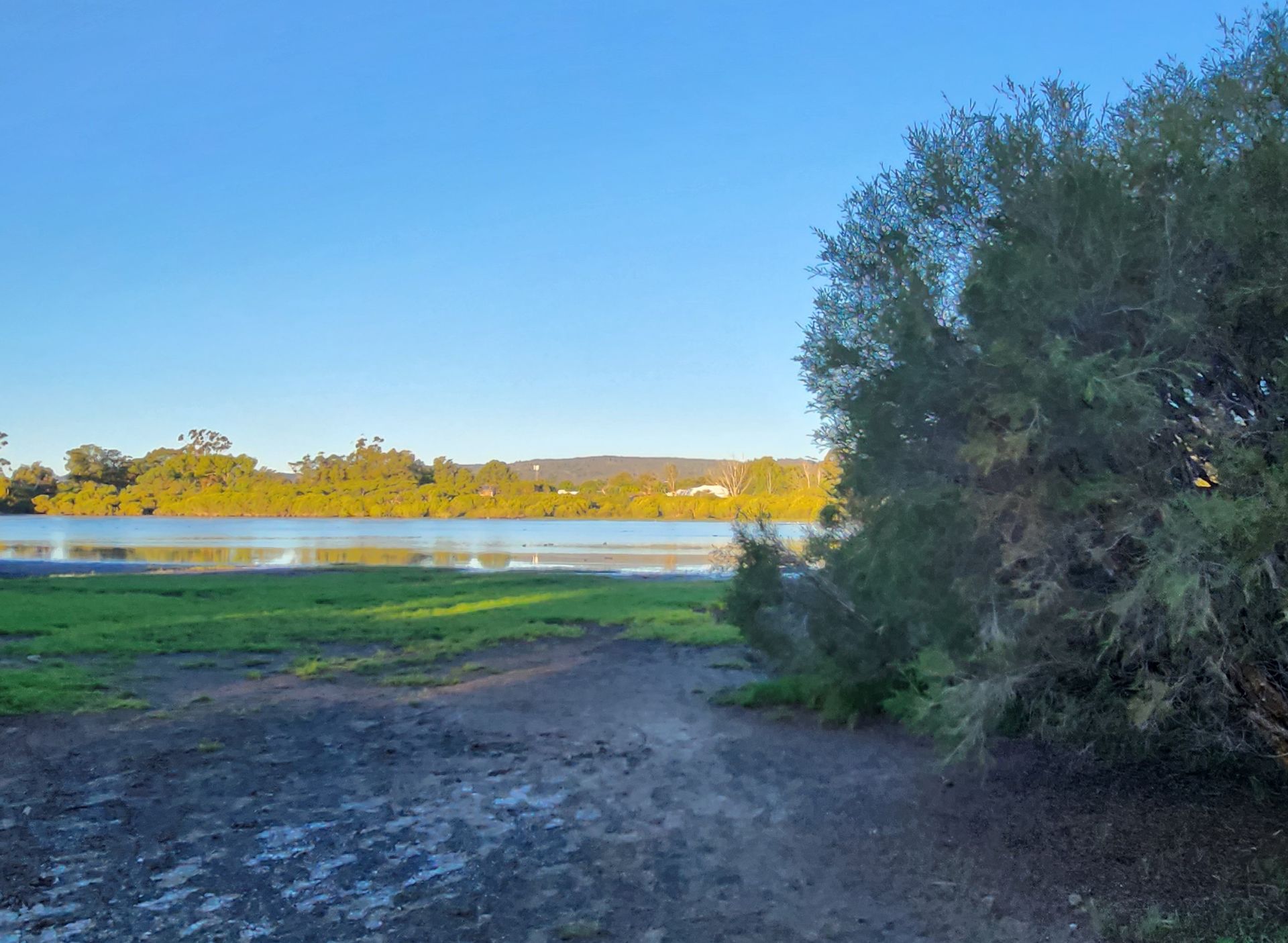J Edgar - the man who stole the memories
This is a subtitle for your new post
This is about the way I experienced the source of inspiration for my writing.
It came a moment when I was not happy with the progress on my novel. I felt like I was going in circles. At first, I thought it’s a writers’ block – that is the word I also use when in fact I procrastinate, or I am too busy with my job.
Writing was and is a hobby which is currently entirely supported by a day job.
I already know I am not the only one in this situation.
But then I had to admit that my heroine was not ready to ‘talk’ to me as I wanted her to. I love that project too much to just abandon it, so I thought it might be a good moment to take a step back from it and just write a few stories. While doing that, I could keep learning about the craft and maybe find out what I need to move away from or deal with the issues I had with my novel. As they say, you only get better with practice.
Be ready to admit there is a hindrance and be ready to give up (at least for the moment!).
So, I was ready to put the novel on the back burner.
How many of you did the same? And, what next? I could not stop writing, so I needed to do it differently.
As planned, I started to write stories and I used every story as a new chance to work on a new smaller project.
I always thought that finding ideas was the easiest part, but just a few stories down the line I noticed that unless it was about me and about my own life experiences, it was very difficult to write. Maybe this was the problem with my heroine? I did not want her to be me, and I found it difficult to create a new person from the beginning?
Don’t we all tend to create heroes/heroines that are our spitting image?
The newfound febrility took me on a new path, and this was a walk through the process of ‘creating’ a story.
A step back on one level can open another door someplace else.
Once identified the roadblock, I also recognised something else. I needed help and I had to go back to school. Studying in a class environment is always an amazing experience!
So, I took the next step and I enrolled in a short story writing course at a local university, and over a semester I discovered how to find topics for stories, the ‘inspiration’ as they call it, and to use prompts: a sentence, a memory, a newspaper article, a person, a word and all the other little things that make a story be good.
Each story now had its own world: the beginning and the end, generate new descriptions and create new characters, build the inciting moment, delve into the story arc, find the characters’ goal, and so on.
I take my work on my collection of short stories as a professional development process, as a row of webinars about how to develop a story and I thoroughly enjoyed the process.
Supported by the course curriculum I further challenged myself to create stories only from imagination, pure fantasy, with completely new and even fantastic characters, weird and strong, funny and weak.
Each story had to have a different setting, a different theme, a different prompt, and an elegantly twisted end that could potentially make the reader ask for more.
It’s never too late to go back to school.
And then I remembered my dreams. I occasionally have some bizarre dreams, baffling and creepy even, dreams that turn into nightmares.
I always interpret my dreams, but I never ‘used’ them before.
In one of those dreams, I met J Edgar. I call him the man who stole the memories, because in my dream, this is what he does.
My first dream with J Edgar was about a young man, who I call ‘a boy’, and went something like this:
'He wanted to kill himself, he was up on the bridge’s parapet. A tall bridge with an arched structure and a parapet painted a chalky white. He shivered standing on the parapet with one arm hooked around a pole and eyes cast into the dark waters. The morning light rain was blinding him, and the cold wind was sending chilled droplets through his sleeves.
Somebody walked on the bridge and watched the boy. The walker was a memory reader, and a memory thief.
He spent a few minutes with the boy, slowly picked up on his memories and released the pain in his head.
There was only one drawer in the boy’s mind that he could not touch; it was red-hot.
He explained to the boy how he was reading the memories, and the boy was really interested. The stranger was nuttier than he was. He knew he was telling the truth because the walker did not utter a single word, but he perfectly understood his thoughts, also the latest one. ‘There must be first a touch, a hand touch at least. To make a nerves connection. The forehead is even better, but not necessary. I must read that drawer. Please.’
A flood of images came to the boy’s mind. He saw himself working on his memories and sort them all in drawers. They will spend many days together and read them.
The boy spoke first, out loud against the rain and the wind:
‘Hi, I am Jacob.’
‘Hi Jacob, nice meeting you. I am J Edgar.’
The boy gave him his hand and as the red-hot drawer finally opened Jacob stepped off the ledge.'
And yes, I had more than one dream with J Edgar.
Spot an opportunity and use it!
I had a few other dreams with other ‘people’ and ‘things’ that happened, and I have stories created from them, and in my view, they are the best, and definitely they are my favourite ‘children’.
And about J Edgar? I wrote few drafts of various adventures of J Edgar and they are still drafts, as I wait to have a few more dreams with J Edgar. I know I will. When I am ready.
Instead, I agreed that I can already use J Edgar as the driving force into a story if I make use of a bit of subtleness.
How many people have a personal journal but have never been fully honest in it?
Maybe some bad things happened, or they have secrets they are afraid or ashamed even to trust them to the paper.
Bad things that are best forgotten and as we get deluded that if we do not speak of or write about, they might vanish, we relieve the memory and the pain and the shame. You know what I mean?
This is when it clicked that I could use my new secret friend J Edgar as the weirdo talking about these things.
Does it make sense?
So far, I managed to use J Edgar two times, meaning in two stories. And it can be quite cathartic.
My dreams are the best source of inspiration.
Maybe I will share with you next time one of these stories.
I love J Edgar! The man who stole the memories is now my best friend.

Share this post with friends and family
